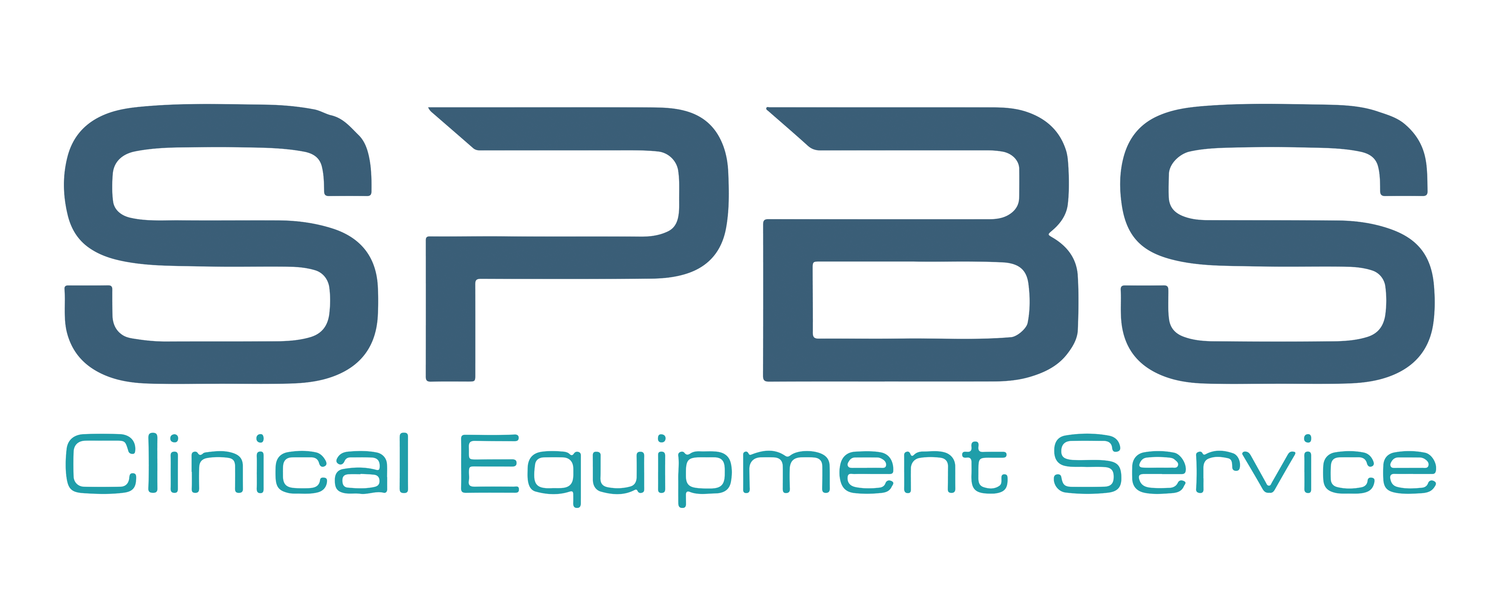Economist Peter Drucker coined a phrase to live by: "if you can't measure it, you can't improve it." As healthcare is relentlessly pushed to do more with less, clinical engineering teams need to focus on Drucker's words now more than ever. This blog addresses five key metrics you should analyze when building (and improving) a world-class clinical engineering team.
1. Inventory Summary
Break it down to two classes: Simple and Specialized. Simple devices are more easily shared between a team of engineers, whereas Specialized devices typically require technical support from engineers with additional certifications. This is a somewhat trivial first step, but it's critical for planning resources and keeping everyone on the team productive. Often it's only cost-effective to provide full time coverage of Simple devices onsite. Labor rates for Specialized equipment are more likely to reach levels where it's more prudent to find a capable "just-in-time" solution.
2. Breakage Rates
CE teams are familiar enough with calculating how often a valid repair work order is generated. But, measuring this for the above device classifications separately will determine the amount of staff required to provide coverage for your equipment. Even expensive labor hours for Specialized equipment can be worth budgeting if there are enough ongoing repairs and PMs to support. The big savings opportunities surface when Specialized devices require infrequently support, and the only way to find these opportunities is by calculating breakage rates. For added benefits, trend this data over time, by manufacturers and even across similar healthcare organizations. Digging in deeper can provide insights into quality of devices, repairs and other best practices.
3. Downtime
How long is a device out for repair? This information should be available down to the hour and needs to be monitored closely. Revenue-producing equipment gets the most press when it comes to availability, but good data management makes it easy to measure downtime across the board. Is downtime shrinking over time? If downtime is higher than bechmarks suggest they should be, maybe it's time for change - new equipment and process improvement have potential to significantly impact the bottom line, but it's hard to know without measurable data.
4. Total cost of ownership (Hours x Rate + Parts Cost)
Total cost of ownership (TCO) is an important metric to indicate how well a team is performing. Dividing this total cost across the entire inventory provides insight into how much each device costs to support. Empowering the team to take on cost-saving initiatives, and celebrating those successes, fuels continued improvement.
5. Quality
Clinical engineering organizations have a critical impact on healthcare's quality of care. The above measurements are great tools for managing a team, but what about the output to your customers? Calculating the team's perceived quality is just as important as knowing the numbers behind the scenes. The only way to find this data is to communicate - surveying nurses is a great place to start. Record, share, and celebrate objective scores with the team.
